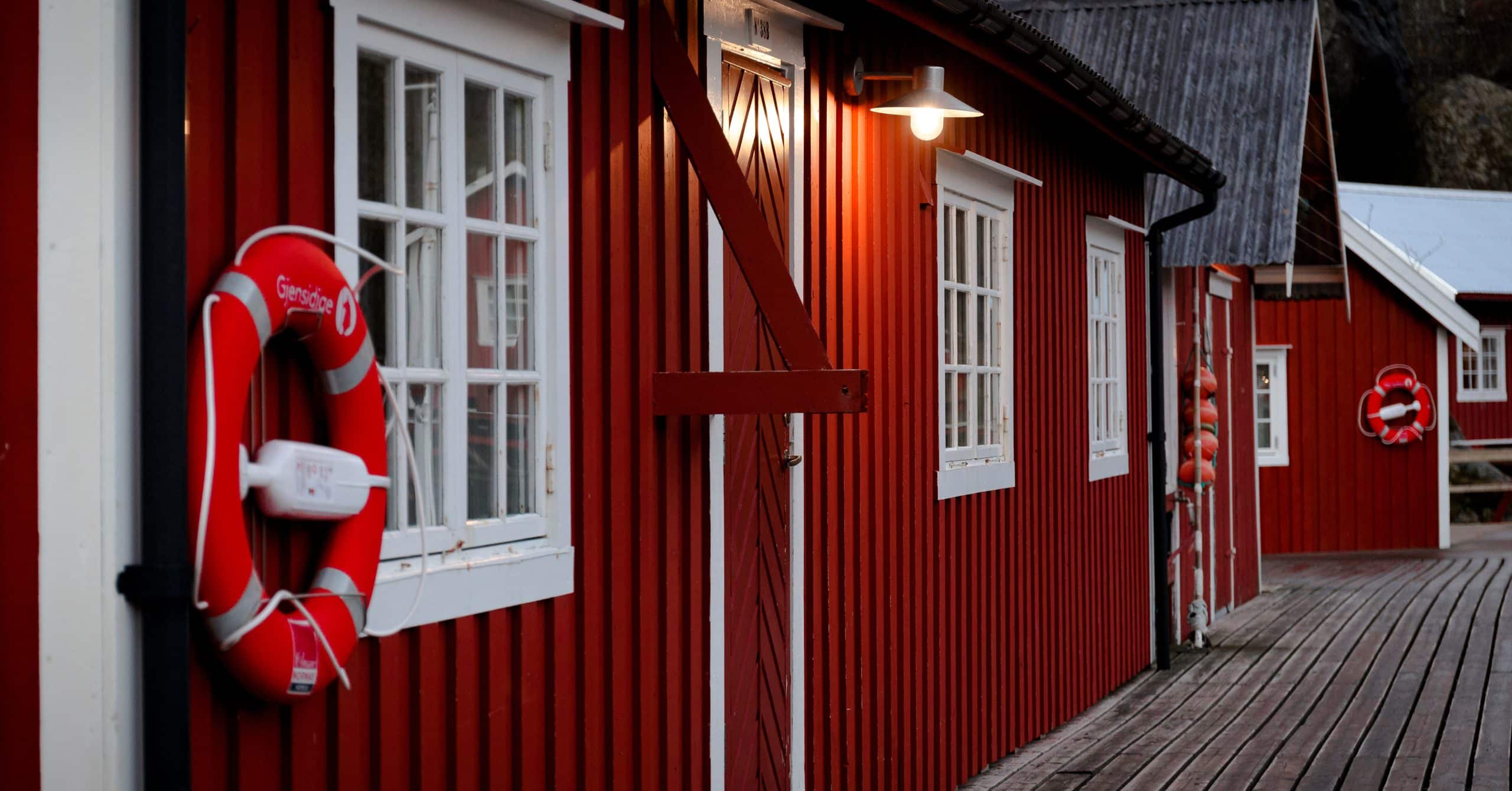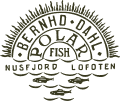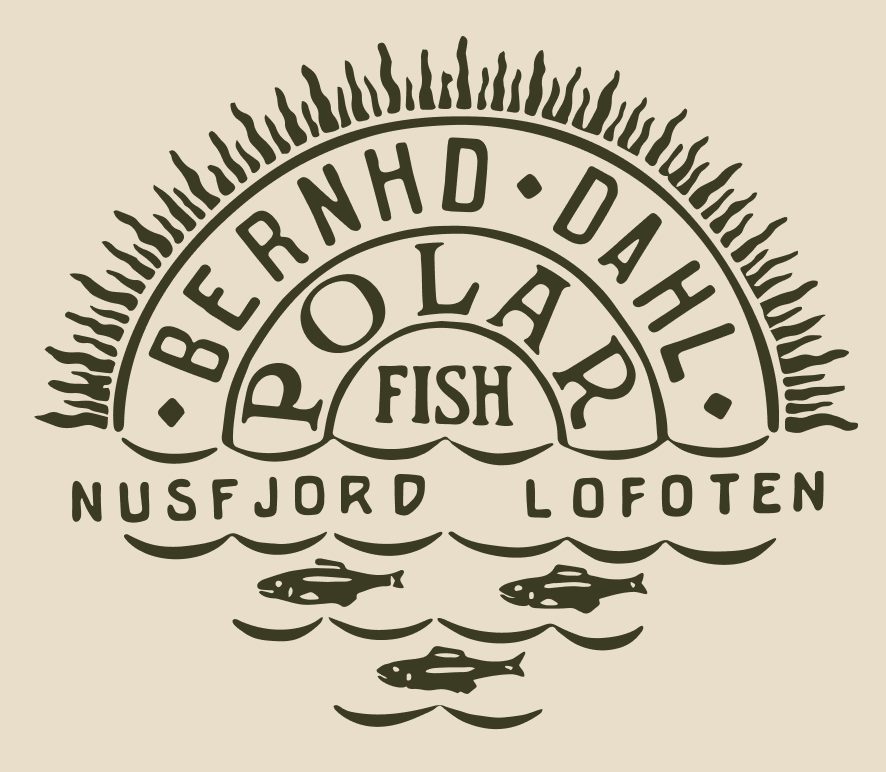Nusfjord is an iconic fishing village located on the Lofoten Islands in Northern Norway. This picturesque village has a long and fascinating history that dates back to the Viking age. For generations, the people of Nusfjord have been fishing for their livelihood, and the traditional fisherman’s cabin symbolizes their hard work and dedication to the sea. In Norwegian, this is called a rorbu.
The word rorbu is composed of two words; «Ror» comes from the words to row. «Bu» denotes a small house and is related to living. In all centuries, the fishermen came in their rowing boats, and only at the beginning of the last century did the fishing boats have engines. One literally rowed and fished. Even after three generations of motorboats, the expression to «row fishing» is still used in everyday speech to refer to participating in fishing.
The saga
Already before the year 900, the saga tells that boats were equipped along the coast to go to Lofoten and take part in the winter’s seasonal fishing for cod. In addition to normal home fishing, people heard along the coast about this extremely valuable winter fishing around the Lofoten Islands. People traveled in their open rowing and sailing boats for days and weeks to participate in the rich Lofoten fishing throughout the winter. This created a need for accommodation. The oldest rorbu that we know of had dirt floors and a fireplace in the middle of the floor. The first window was a small window covered with halibut skin.
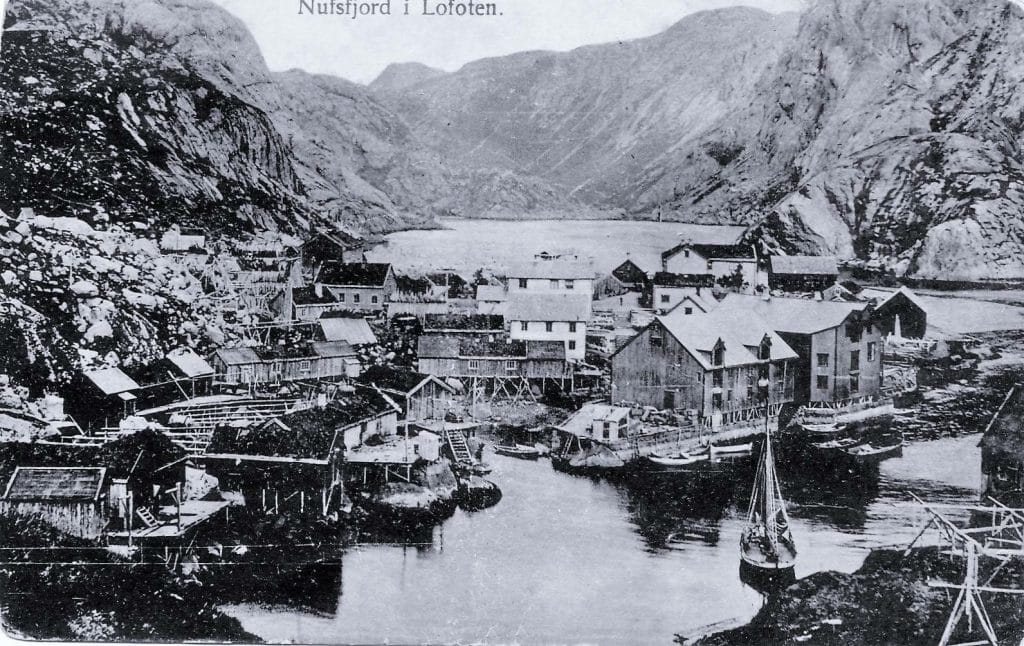
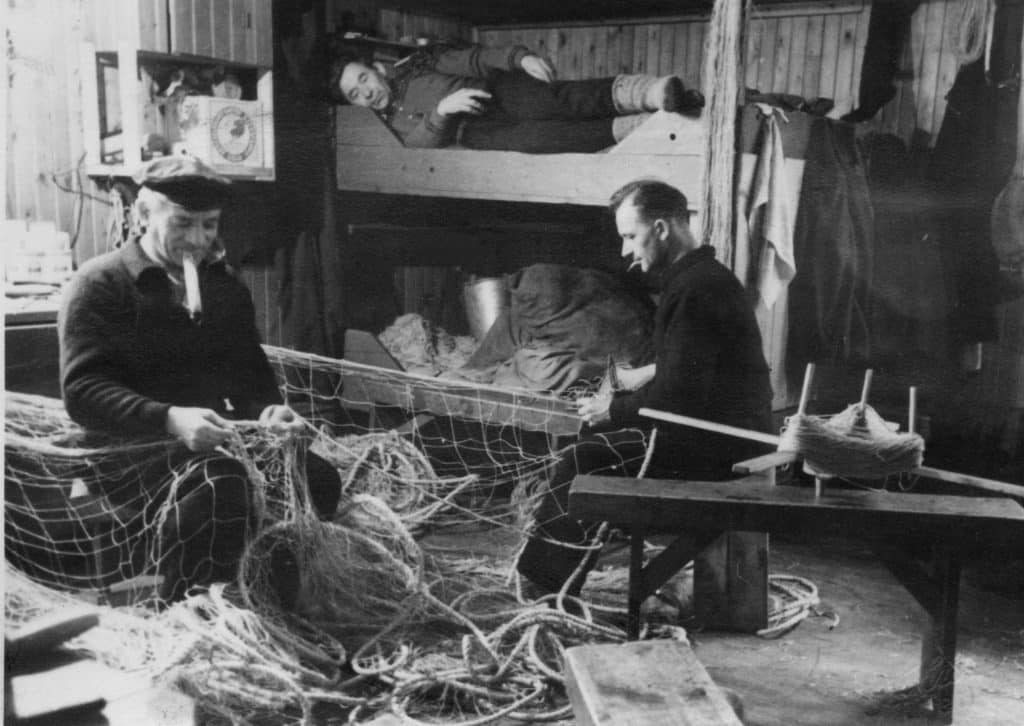
From the saga, we know that King Øystein, early in the 12th century, decided that houses should be built for visiting fishermen in Lofoten in Kabelvåg, old Vågar. They were often dug halfway into the ground and had woodwork in the outermost part. From the end of the 18th century, most cabins were built entirely of wood, but in the second part of the 19th century, glass windows and cooking ovens were added to the bows. The cabins could now house from 8 to 16 men. The living quarters were made of timber and had two windows, a wood stove, two dining tables, and four double bunks. The fishermen had to bring the rest of the inventory themselves. It was essentially one big chest, called a Lofoten chest, containing dry food and clothing for the whole season. The other part of the wheelhouse was preferably built only of the simple board covering, where the wind blew through the wall, and snow could settle in front of the walls. This room was used for storing tools and the Lofoten chests brought by the fishermen.
The most common color of a rorbu is red or ochre. These were home-produced natural colors, the cheapest colors to mix in cod liver oil.
The rorbu cabins in Nusfjord
In 1834, a man called Hans Grøn Dahl came to Nusfjord. He married the widow Maren, who previously owned half of Nusfjord. In 1847, Hans bought the rest of Nusfjord and began building it with the traditional fisherman’s cabin rorbuer, a general store, a forge, a bakery, and docks. All the things we know Nusfjord to be this day.
Fishermen visiting from Helgeland, Trøndelag, and Troms also had access to these cabins, which the vessel owner made available, on condition of delivering their catch and shopping at the vessel owner’s general store. In Nusfjord’s heyday, there were over 100 cabins in use.
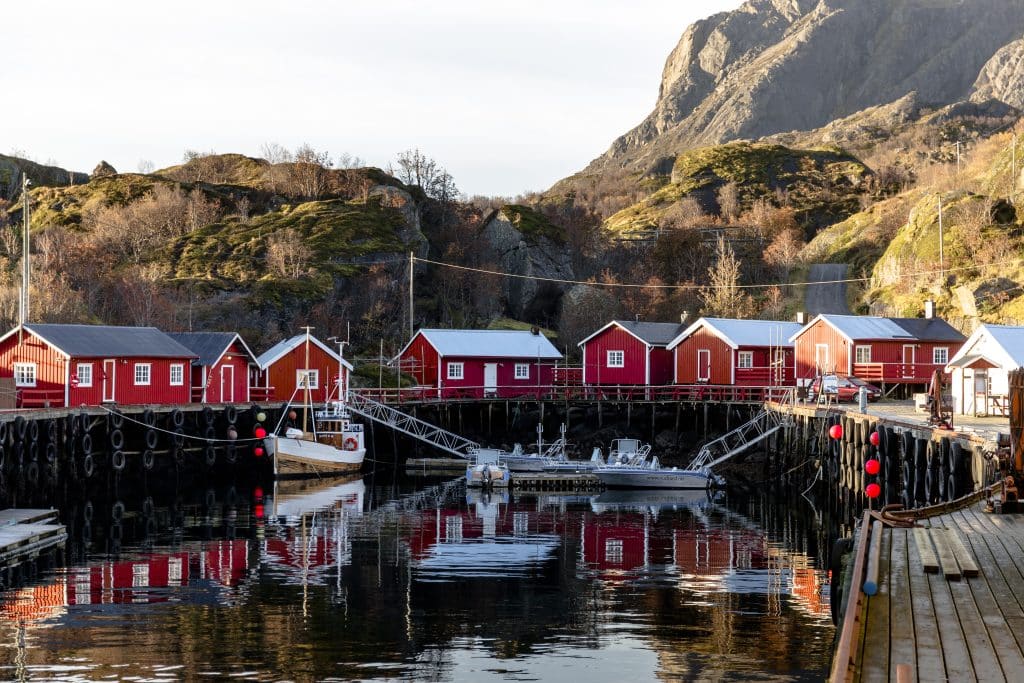
The fisherman usually had two “boat teams,” which split the accommodation of one cabin. From olden times, the boat crew consisted of the captain/skipper, best man, and two or more oarsmen, depending on the boat’s size and type of sail. The rorbu was then «split» lengthwise so that each row of boats had a long wall and two halves of short walls.
In the middle of the wall, there was an oven for common use. On each long wall was a window where a dining table with four chairs was placed. This was the center for each boat team, where meals were eaten and where the individual could keep accounts of fishing and write letters to them at home. The fishermen used wide bunks, where two or three men lay under large leather traps and thick woven ropes.
Keeping the history alive
Renate Johansen has lived in Nusfjord all her life and is a familiar face to everyone who has visited this fishing village. In her free time, she paints beautiful art of the cabins and is interested in its history:
– The rorbu cabins in Nusfjord have a long history. And the fact that they have been so well looked after means that we can show them to our descendants as well. They hold a history that should live on – because dried fish helped build Norway, and Lofoten fish is a pillar of our shared history.
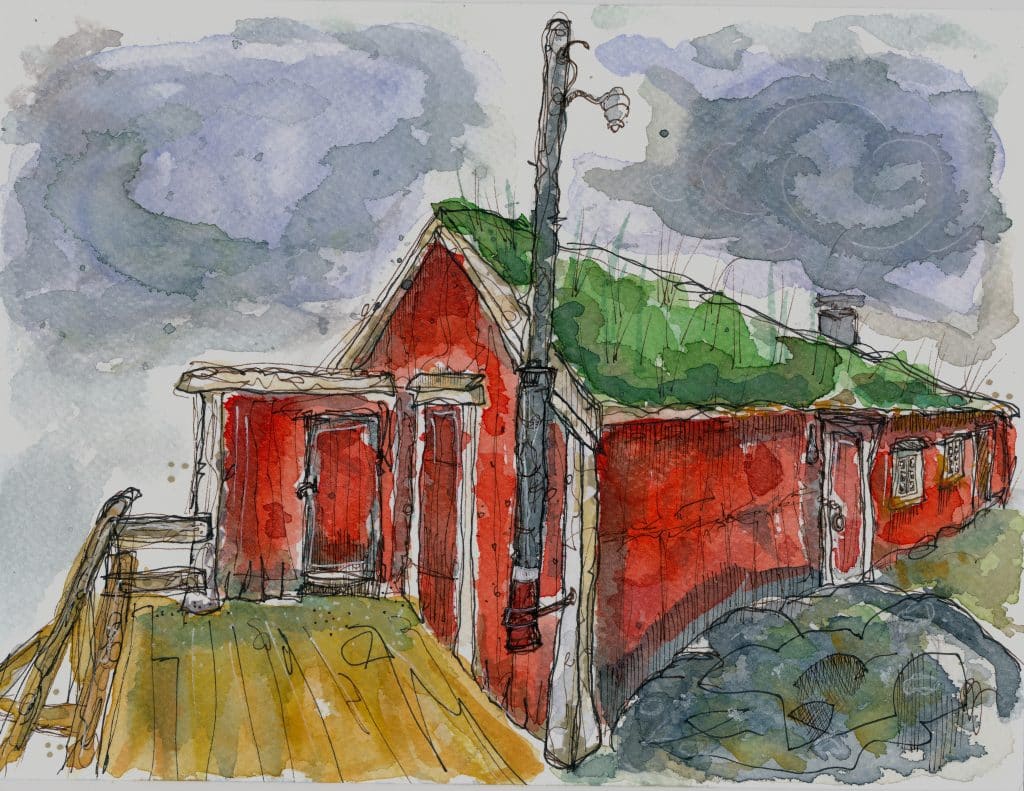
Painting by Renate Johansen
The rorbu cabins in Nusfjord were used by fishermen until the 1980s and have therefore been preserved in their original condition. Subsequently, the cabins have been used as holiday accommodation for tourists and the interest has steadily increased.

